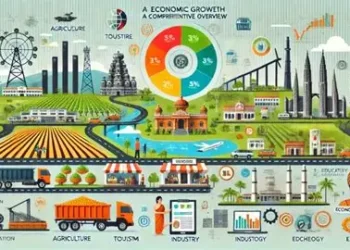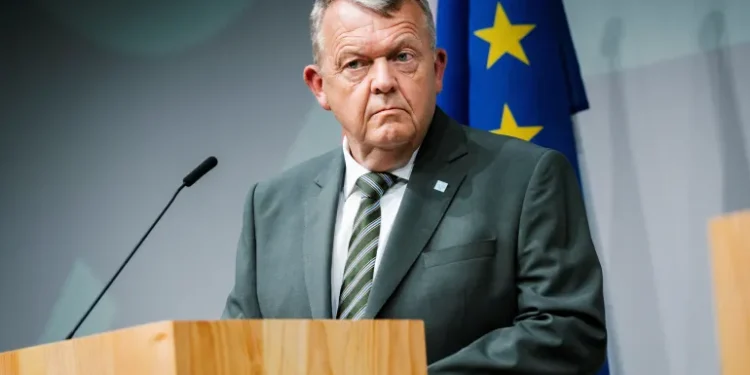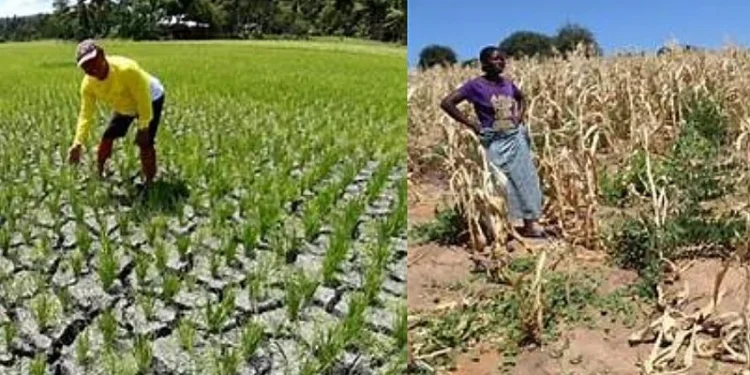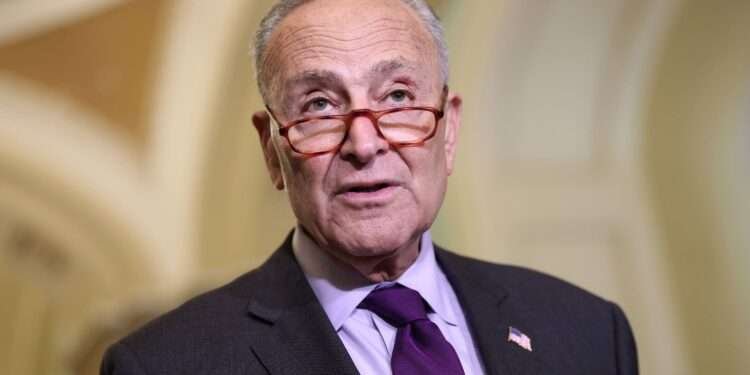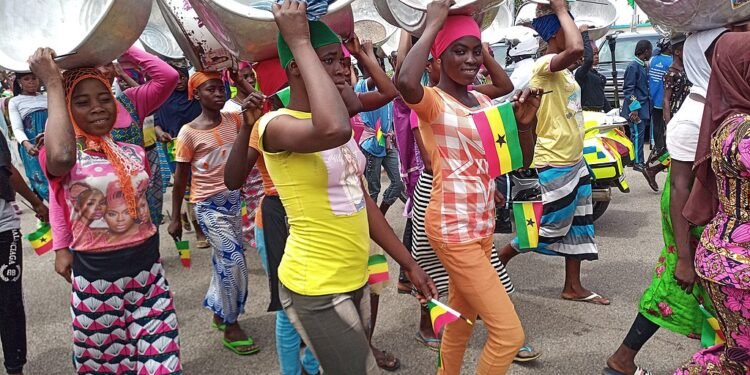Gold Fields Ghana (GFG) has hinted the expansion of its portfolio across the West African region due to the bullish run of gold prices since 2020.
According to the executive Vice President of Gold Fields Ghana and West Africa head, Alfred Baku, “gold prices performed very well on the global market since 2020. Further, while mildly fluctuating, the current gold price of about $1700/oz is viable, provided operating costs are managed well.”
He further noted that Gold Fields Ghana began a reinvestment project at Damang mine in 2017. After investing about $1.4 billion in capital and operational expenditure within an eight-year period, the project is rapidly progressing and has gone beyond production plans. In 2019, the project reported a positive cash flow, he added.
With a new project commenced in Damang, a drilling programme in 2019, Alfred Baku noted that the broader exploration programme has the potential to extend Damang’s life-of-mine (LoM) by a further four years, with the current projected reserves to be depleted by 2025.
Embarking on an aggressive exploration agenda with its Tarkwa mines, Ghana Gold Fields aims to identify new resources and upgrade existing ones. Following this development, the company added 1.2 million ounces to the mine’s resource portfolio in Ghana with an additional 200,000 oz in 2020 post depletion.
This notwithstanding, the Asanko Gold Mine, a joint venture (JV) operation with Galiano Gold, is also focusing on exploration across its tenement package. In 2020, a budget of $10-million was allocated to exploration, half of which was funded by Gold Fields Ghana.
Other Strategies embarked on by Gold Fields
Baku again noted that the company is strategically embarking on a programme to produce one-million ounces of gold a year.
“Another strategic objective is to reduce all-in costs to below $1 000/oz to remain profitable and sustain operations even if the gold price declines to those levels,” commented Baku.
Based on the 2020 financial results, Ghana Gold Field’s regional all-in costs increased by 2% to $1 060/oz from $1 039/oz in 2019. “We are aware that we have set an ambitious objective and we will continue to work hard to achieve it.”
Furthermore, he noted that the challenges that impede the viability of the company’s operations are deeper pits, declining grades, longer haulage distances, high waste strip ratios and high operating costs.
“Tarkwa and Damang are mature openpit mines. As we mine deeper, we mine more waste and increase haulage distances, which drives up costs.”
However, the company is doing its best to mitigate these challenges through the adoption of technology to boost production efficiency, improve safety and promote growth, he affirmed.
“For instance, to optimize our operational efficiency, we are piloting autonomous drilling at Tarkwa and have installed a high-precision GPS hole navigation system on drill rigs at Damang. [Again], we have also started implementing a Cleaner Safer Vehicle initiative, converting diesel engines to run on liquefied natural gas.
“We have set realistic production and cost targets for the year. We are optimistic that our mines, as well as the Asanko Joint Venture, will not experience any material interruptions, based on our experience in 2020.
“Overall the outlook for 2021 is positive, if the gold price trades close to the $1 600/oz range.”
Alfred Baku, Executive Vice President of Gold Fields Ghana and West Africa head
READ ALSO: Gov’t spending on fight against hunger more than doubled in 2020




